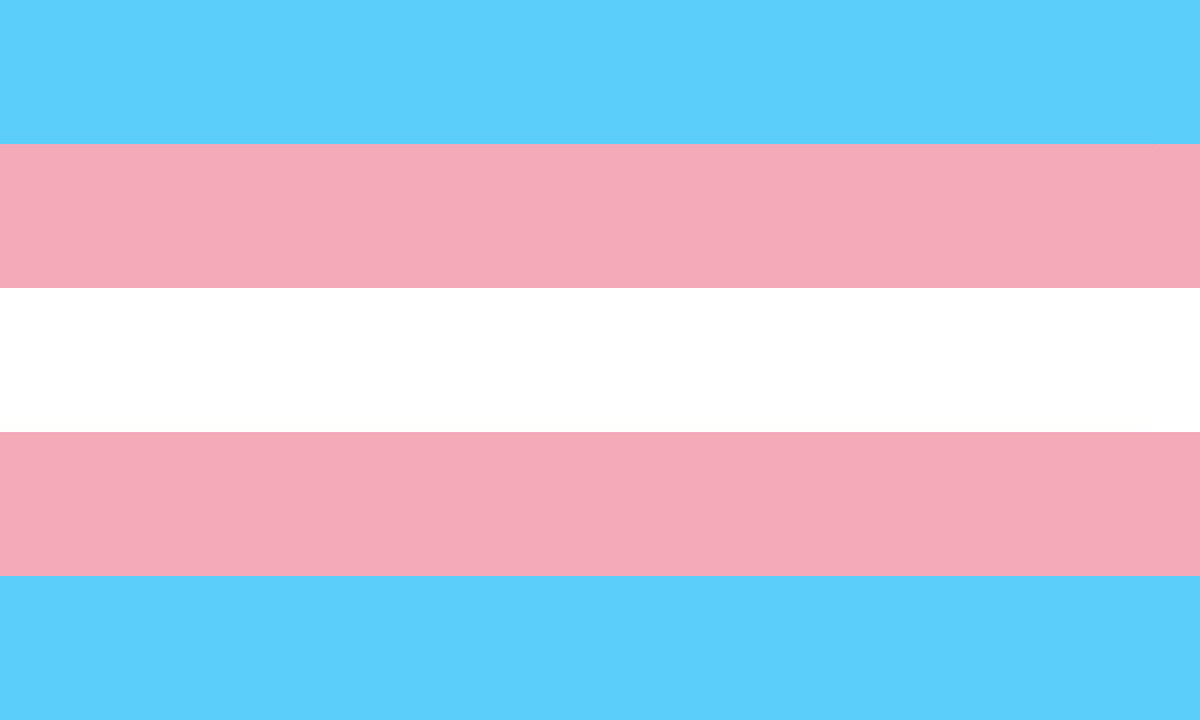Mark your calendars: 18 October is World Menopause Day. It’s not just another awareness date — it’s a chance to reset the narrative around menopause, especially the swirling myths about hormone replacement therapy (HRT). Because guess what? Newer studies are pushing back on some of the scariest claims we’ve been told for decades.
Menopause has long been treated as an ending — of periods, comfort, and good health, but when women ask their doctor about menopause treatments for common symptoms (hot flushes, night sweats, and brain fog just to name a few) the benefits of hormone replacement therapy have been drowned out by the risks of heart attacks, cancer, and shortened life.
The result of HRT fears? HRT use fell dramatically — dropping from nearly 27% of postmenopausal women in 1999 to just 4.7 % by 2020, according to a 2024 JAMA Health Forum study — not because women don’t need relief, but because fear has drowned out the facts.
But medicine doesn’t stand still, and our understanding of HRT has evolved. The scary headlines from 20 years ago overstated the risks, and now with lower doses, more advanced medications, and safer delivery methods like patches, gels, and local treatments, what was once seen as dangerous is now being re-examined — and often found less risky than once claimed.
In honour of World Menopause Day, we’re here to set the record straight about common HRT myths. You deserve to weigh your options with real facts, not outdated fears. Modern menopause care is about informed, personalised choices — not blanket warnings that shut down conversation or choice.
Myth 1: “HRT is dangerous for the heart and cardiovascular system”
It’s one of the most persistent fears: that taking hormones will somehow affect your heart and cardiovascular system. But the truth? It’s a little more complicated — and a lot less scary. The risks of HRT depend on how it’s taken (by mouth or through the skin) and when it’s started in relation to menopause.
For women aged 50–59, the baseline risk of blood clots (VTE) in the general population is around 8 in every 10,000 women per year. With oral combined HRT, that rises to about 19 in 10,000.
So yes — the risk roughly doubles. But in real-world terms, that’s an extra 11 cases per 10,000 women each year. For most healthy women, that’s still a very low risk overall. Of course, factors like smoking, obesity, or a personal history of clotting can push that number up.
And here’s where it gets interesting: not all HRT is created equal.
The American College of Obstetricians and Gynecologists (ACOG) explains that when estrogen is absorbed through the skin — using patches, gels, or sprays — it bypasses the liver and doesn’t trigger the same clotting changes, meaning the risk of blood clots is lower than with estrogen taken by mouth.1
Timing also matters — a lot. Starting HRT near the time of menopause (before 60 years old or within about 10 years of your last period) is linked to better heart outcomes than starting many years later. Scientists call this the “timing” or “window of opportunity” hypothesis.2
Bottom line: The claim that “HRT is bad for the heart” misses the nuance. The type, timing, and delivery all make a difference.
Myth 2: “HRT makes you die younger”
Let’s get one thing straight: the claim that HRT shortens your lifespan? Not backed by the best evidence. In fact, large, long-term data show no increase in overall mortality — and maybe even subtle benefits in younger postmenopausal women.
In the 2017 JAMA follow-up of the Women’s Health Initiative (WHI) trials (over ~27,000 women, ~18 years total follow-up including after stopping therapy), the findings were pretty clear: no significant difference in all-cause death between women who took hormone therapy and those who didn’t (27.1% vs 27.6%). There were also no meaningful differences in deaths from cardiovascular disease or cancer.3
When researchers looked more closely, younger women (ages 50–59) seemed to do a little better — or at least no worse — than older women. But that result should be taken with a grain of salt, since it wasn’t the main thing the above study was designed to measure.
Bottom line: Long-term, well-managed HRT has not been shown to shorten life, and in fact improves quality-of-life too (fewer hot flashes, better sleep, mood support).
Myth 3: “HRT always causes breast cancer”
Breast cancer risk is probably the most emotionally charged concern around HRT — and for good reason. But the truth is more complicated: the risk depends on the type of hormones, how long you use them, and
whether you still have a uterus.
In the Women’s Health Initiative (WHI) trials, women aged 50–79 who took combined HRT (oestrogen plus progestin) showed a small increase in breast cancer diagnoses after about 5 years of use — roughly 26% higher than women not using hormones (HR ≈ 1.26).4 That equates to around 8 extra breast cancer cases per 10,000 women each year above the baseline rate.5
By contrast, women who took oestrogen-only HRT (because they’d had a hysterectomy) actually showed a lower rate of breast cancer compared to placebo. That protective effect held up in long-term follow-up.
But here’s the catch — oestrogen-only therapy is only suitable for women who no longer have a uterus. For everyone else, oestrogen must be combined with progesterone or a similar hormone, because unopposed oestrogen can increase the risk of endometrial cancer.
So while oestrogen-only therapy looks safer for breast tissue in that specific group, it’s not an option for most women. For the majority, combined HRT carries a small increase in breast cancer risk — comparable to everyday lifestyle factors like drinking a glass of wine a night or gaining a few extra kilos.
Bottom line: HRT doesn’t always cause breast cancer. The risk depends on the type, duration, and your individual health profile — and it’s often lower than people think.
Myth 4: “All forms of estrogen are the same”
If only it were that simple! The idea that all oestrogen works the same way is a myth that ignores some very important details — like how it’s made, how it’s taken, and how your body processes it.
Oral oestrogens (such as conjugated equine oestrogen or oral estradiol) have to be processed by the liver first — a process called first-pass metabolism. This can increase clotting factors, inflammatory markers, and triglycerides in the blood.
Transdermal oestrogens are delivered through patches, gels, or sprays — go straight into the bloodstream, bypassing the liver and avoiding unwanted metabolic effects. The result? Lower risk of blood clots and a smoother hormonal ride.
There are also buccal or sublingual forms (absorbed through the cheek or under the tongue), and vaginal formulations (creams, rings, or tablets) that work locally — with minimal absorption into the bloodstream, depending on the dose.
On top of that, different molecules (estradiol, estrone, conjugated equine oestrogens) vary in potency and behaviour, meaning they can influence breast, uterine, heart, and metabolic health in slightly different ways.
Bottom line: oestrogen isn’t one-size-fits-all. The type, dose, and delivery method matter — and choosing wisely with your doctor can make the difference between a good experience and a hormonal roller-coaster.
Myth 5: “Even vaginal estrogen is risky”
Let’s clear this one up: vaginal oestrogen isn’t the same as full-body HRT. But somewhere along the way, the nuance got lost, and many women were left thinking that any oestrogen—even a tiny vaginal dose—was dangerous. Spoiler: it’s not.
Low-dose vaginal oestrogen (creams, tablets, or rings) is designed to work locally, easing dryness, irritation, and discomfort right where it’s needed. It barely enters the bloodstream—so it doesn’t behave like oral or transdermal HRT.
And the science backs that up. The Nurses’ Health Study, which followed women for decades, found that long-term use of vaginal oestrogen was not linked to higher risks of heart disease, cancer, or overall mortality.6 In other words: using local oestrogen for vaginal symptoms doesn’t increase systemic risk.
Bottom line: your vaginal oestrogen cream isn’t secretly plotting against your health. For most women, it’s a safe, effective way to reduce pain, restore comfort, and enjoy a better quality of life—with less risk.
The bottom line
Menopause isn’t the end of something — it’s a new chapter, and you deserve care that reflects the facts, not the fear. With modern HRT options and better data than ever before, it’s time to bring clarity, confidence, and comfort back into the conversation.
Want to talk through your options?
Book a consultation with a Hazel doctor to discuss menopause symptoms, HRT, and personalised treatment plans that fit your life. Book an appointment here.

- American College of Obstetricians and Gynecologists. ACOG Committee Opinion No. 556: Postmenopausal estrogen therapy: route of administration and risk of venous thromboembolism. Obstet Gynecol. 2013;121(4):887–890. doi:10.1097/01.AOG.0000428645.90795.d9
- The North American Menopause Society Advisory Panel. The 2022 hormone therapy position statement of The North American Menopause Society. Menopause. 2022;29(7):767–794. doi:10.1097/GME.0000000000002028
- Manson JE, Aragaki AK, Rossouw JE, et al. Menopausal hormone therapy and long-term all-cause and cause-specific mortality: the Women’s Health Initiative randomized trials. JAMA. 2017;318(10):927–938. doi:10.1001/jama.2017.11217
- Chlebowski RT, Anderson GL, Aragaki AK, et al. Association of Menopausal Hormone Therapy With Breast Cancer Incidence and Mortality During Long-term Follow-up of the Women's Health Initiative Randomized Clinical Trials. JAMA. 2020;324(4):369-380. doi:10.1001/jama.2020.9482
- Cancer Australia. Hormone Replacement Therapy (HRT) and risk of breast cancer. 2010 (last revised 2010). Cancer Australia. https://www.canceraustralia.gov.au/resources/position-statements/hormone-replacement-therapy-hrt-and-risk-breast-cancer. Accessed October 17, 2025.
- Bhupathiraju SN, Grodstein F, Stampfer MJ, et al. Vaginal estrogen use and chronic disease risk in the Nurses’ Health Study. Menopause. 2018;26(6):603–610. doi:10.1097/GME.0000000000001284















